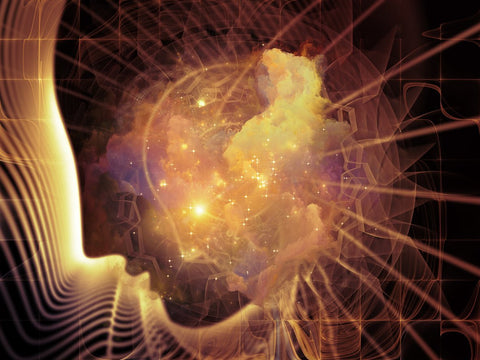Visualization activates the brain as if you were actually doing it
Visualization is more than just "thinking something will work"; it's a powerful brain mechanism that actually produces physical and mental change. Neuroimaging studies show that when you mentally execute a movement, the parts of the brain responsible for that movement become almost as active as when you actually perform it. This allows you to practice without physical effort, strengthening the neural pathways that guide the process. This allows you to efficiently improve your technique, even without moving.
Visualization improves performance, even in strength training
Meta-analyses in sports psychology show that those who combine mental training with physical training achieve better results in motor skills, strength and concentration than those who only train physically
In one particular study, participants who visualized their lifts saw a 10-15 lb increase in strength, compared to only 5 lb in the control group
Cognitive training = mental growth
Visualization also makes a difference cognitively. Studies in cognitive psychology confirm that regularly mentally simulating goals improves problem-solving. Strengthens your ability, decision-making, and patience. You sensitize your subconscious mind to success, making you more alert and confident in practice.
Visualization also works physiologically
Research shows that visualization has a medically proven effect on stress reduction, pain management, sleep quality and even the immune system.
It turns out that people who visualize their immune system achieve higher immune scores without medication. Guided imagery also helps reduce anxiety and improve quality of life during medical procedures.
In top sports, visualization is standard
In elite sports, imagery has become a standard tool. Sports psychologists teach athletes to detail every movement, every feeling, and every potential setback, both successful and challenging, to prepare the brain.
Through realistic, sensory and emotional images (first or third person perspective), you develop a mental script that you can activate under pressure.
Conclusion: Visualization is mental strength training
Visualization is like "weightlifting for your brain." It activates the same brain structures as physical exercise, improves performance, reduces stress, and fosters relaxation and recovery. For women, this can mean going the extra mile with less physical training, no added stress, and stronger self-confidence.
That's why we at Killerbody have decided to offer meditations and visualization exercises on a regular basis within our Killer Community from now on.
We believe that lasting transformation starts in your mindset and we actively help you with that.
Would you like to subscribe to our newsletter?
You will then immediately receive a powerful visualization exercise, spoken by myself, directly in your inbox.
Fajah
Sources:
( rowancenterla.com ) ( performancepsychologycenter.com , discobolulunefs.ro ) ( en.wikipedia.org )( performancepsychologycenter.com , en.wikipedia.org ) ( verywellhealth.com ) verywellhealth.com ) ( researchgate.net ). pmc.ncbi.nlm.nih.gov , performancepsychologycenter.com ) ( en.wikipedia.org ).




